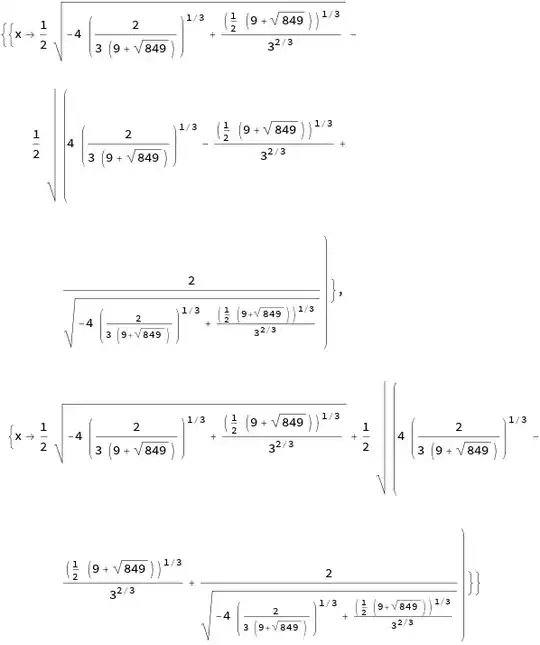I tried to solve the question on the graph and got two roots also I used Newton Raphson rule but a general proof is required. Any kind suggestions will be appreciated. Also the root = √√(1+√√(1+√√(1+√√(1+... hence when I solved this on my calculator I got the root but I don't know whether there is a closed form for it or not
Asked
Active
Viewed 375 times
2
-
There is a closed form, wolfram alpha will show it to you, if you click the "exact form" button. They're pretty nasty, though. – Joppy May 03 '17 at 10:48
-
See this: https://math.stackexchange.com/questions/785/is-there-a-general-formula-for-solving-4th-degree-equations-quartic – larry01 May 03 '17 at 10:55
